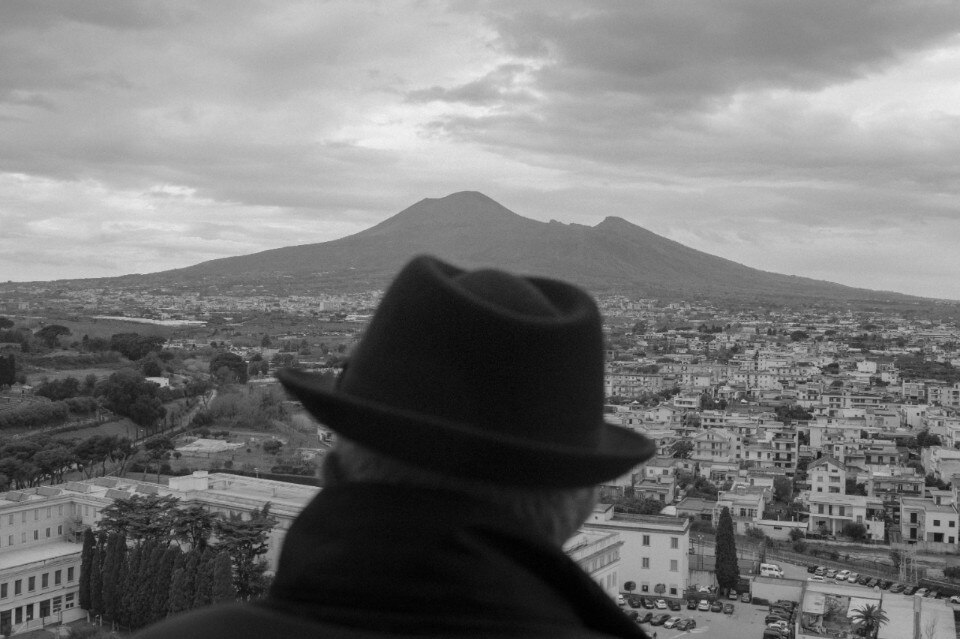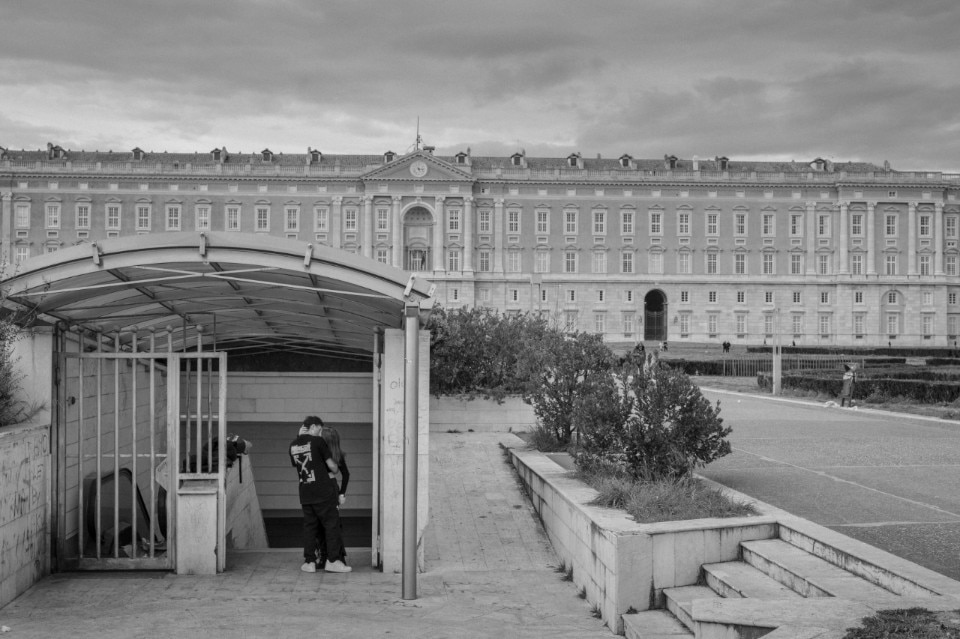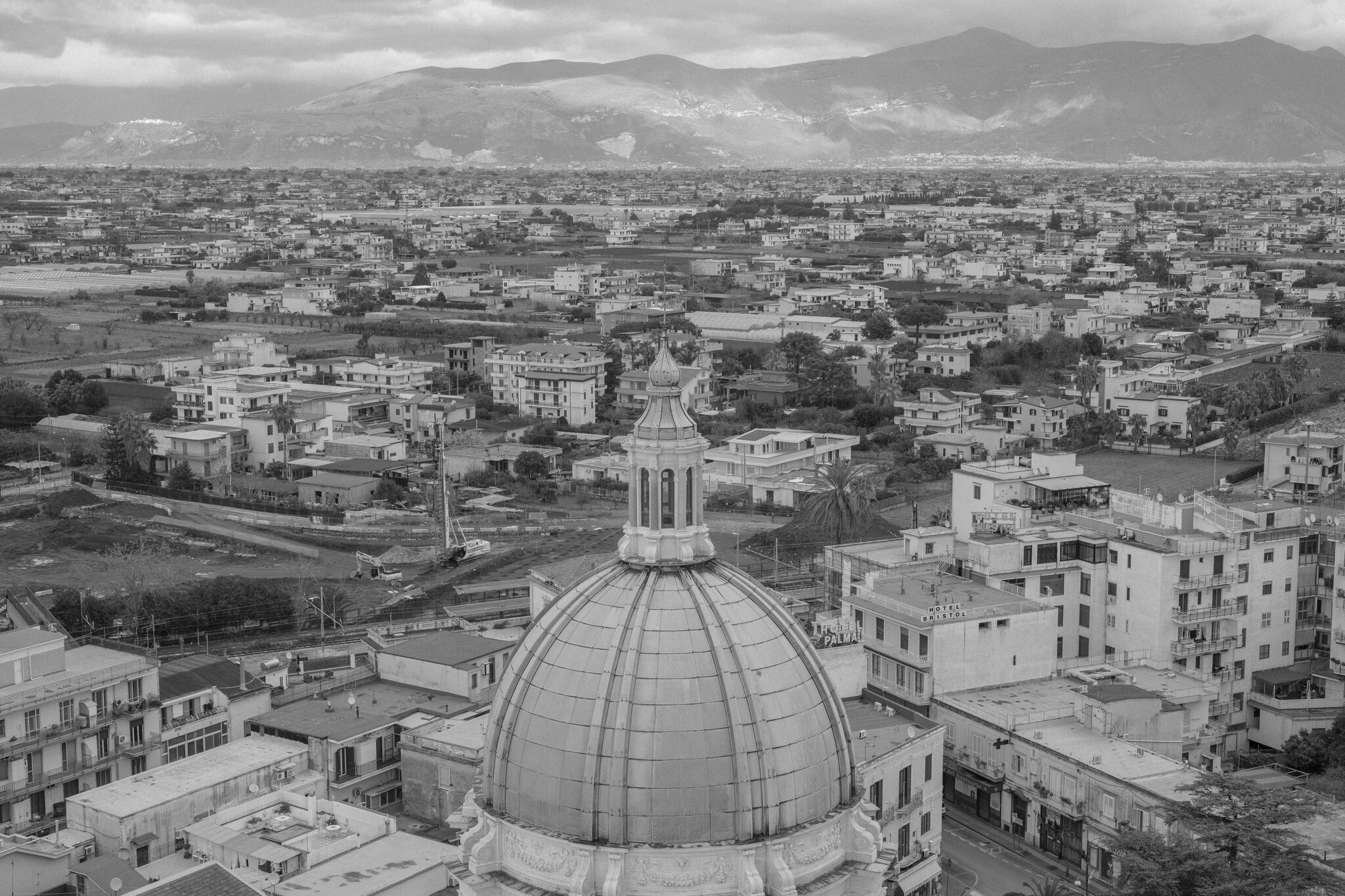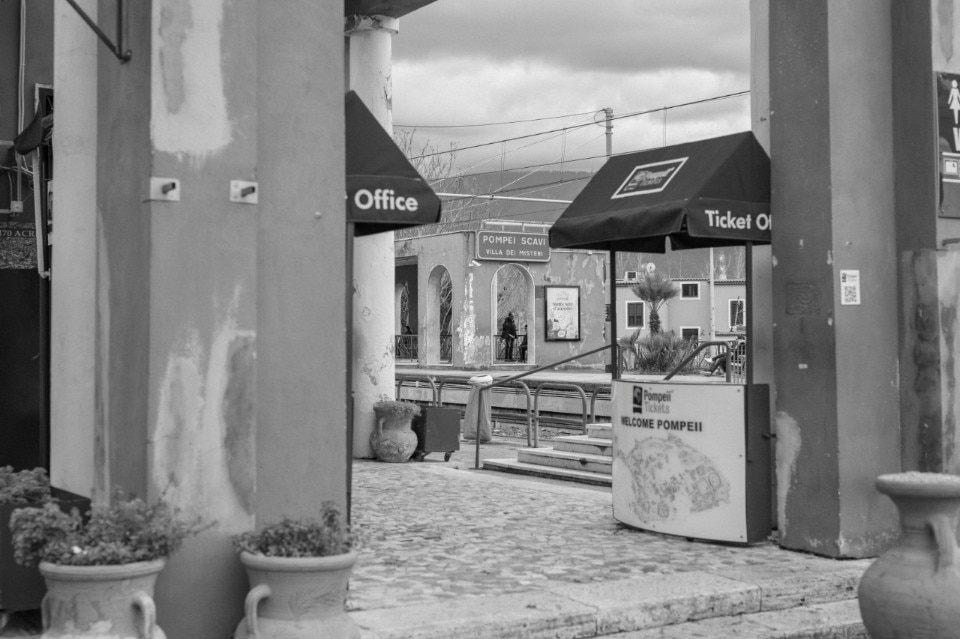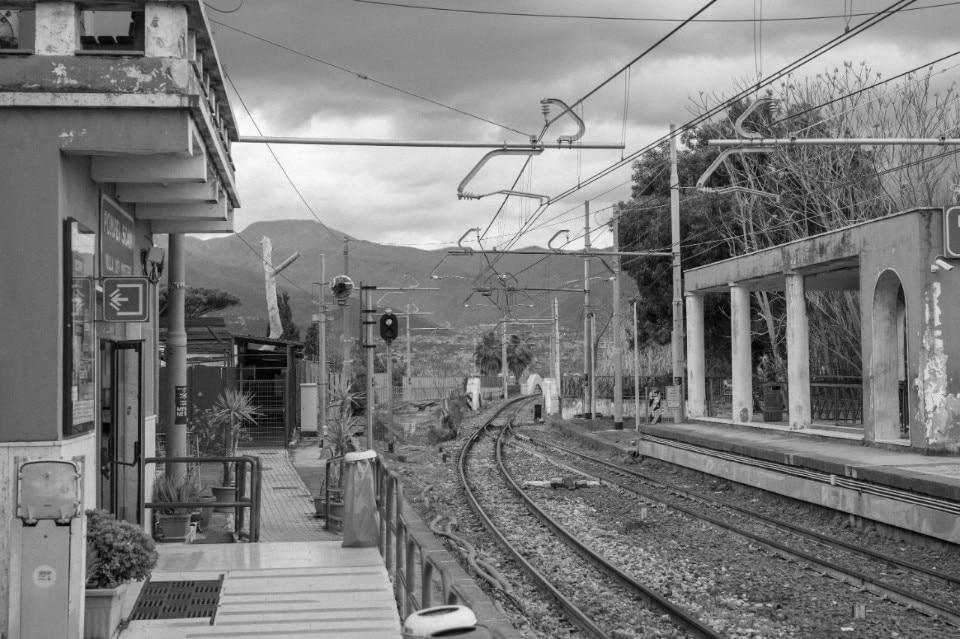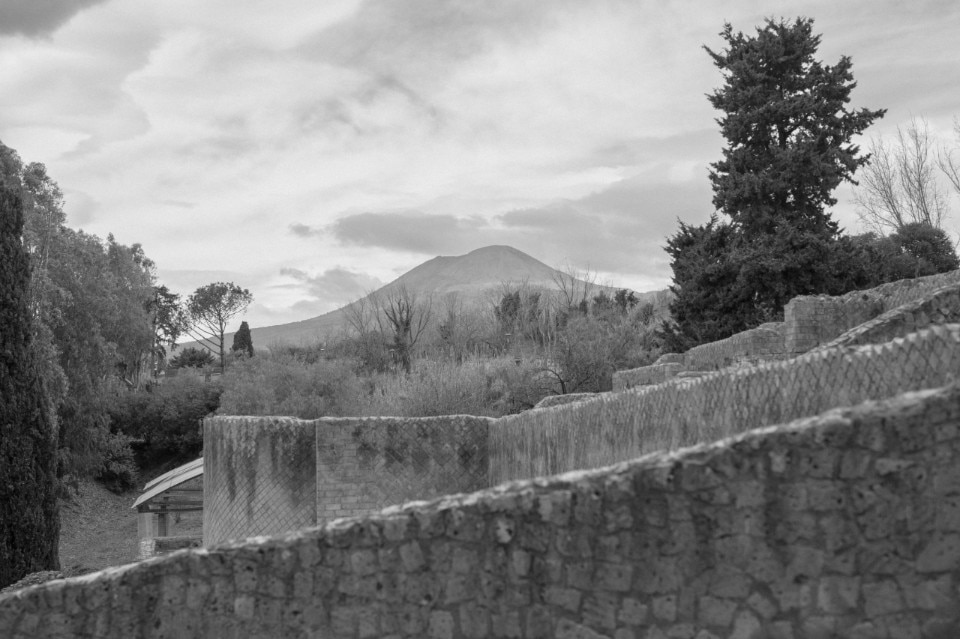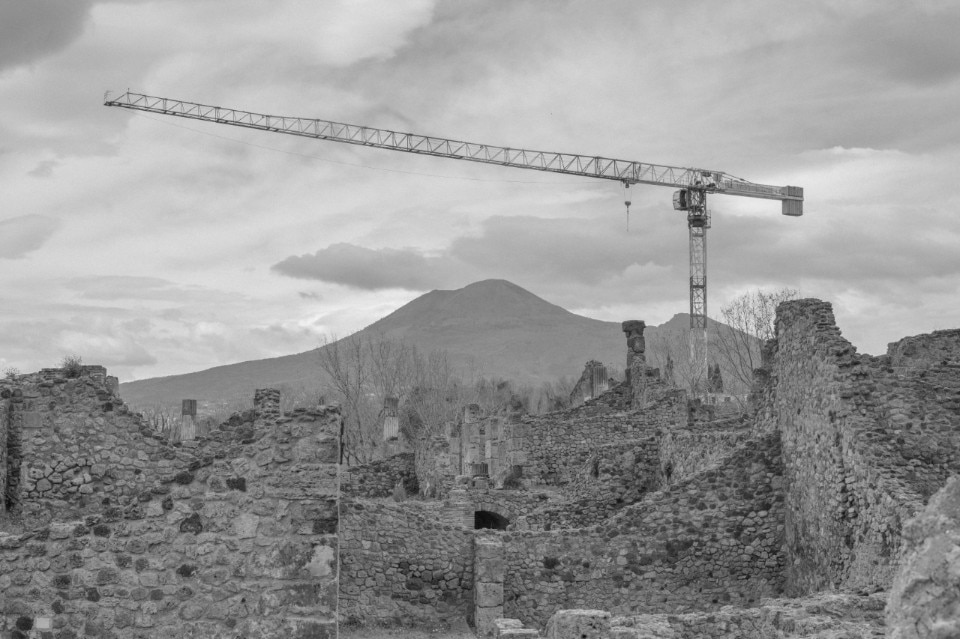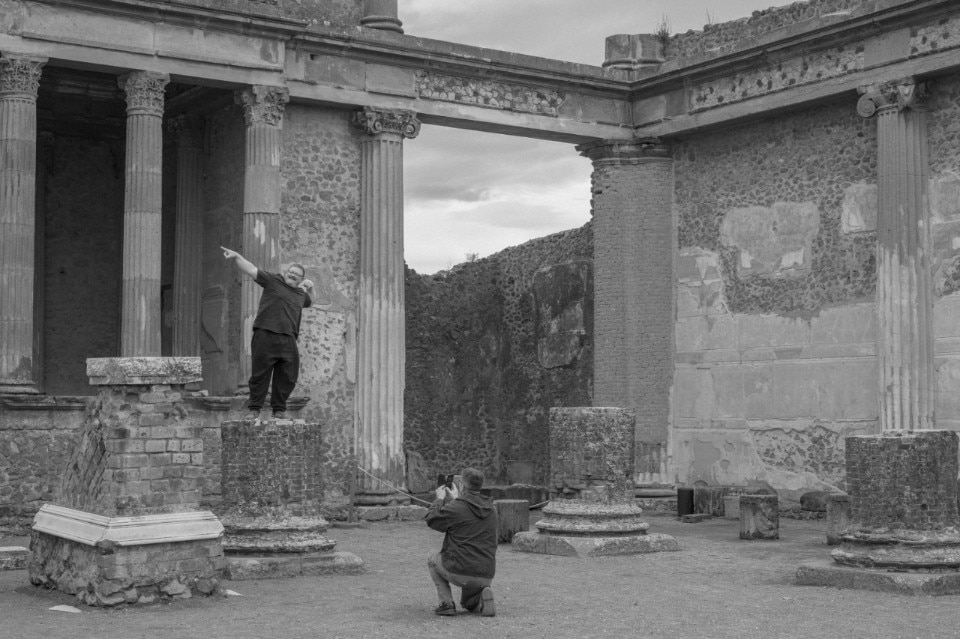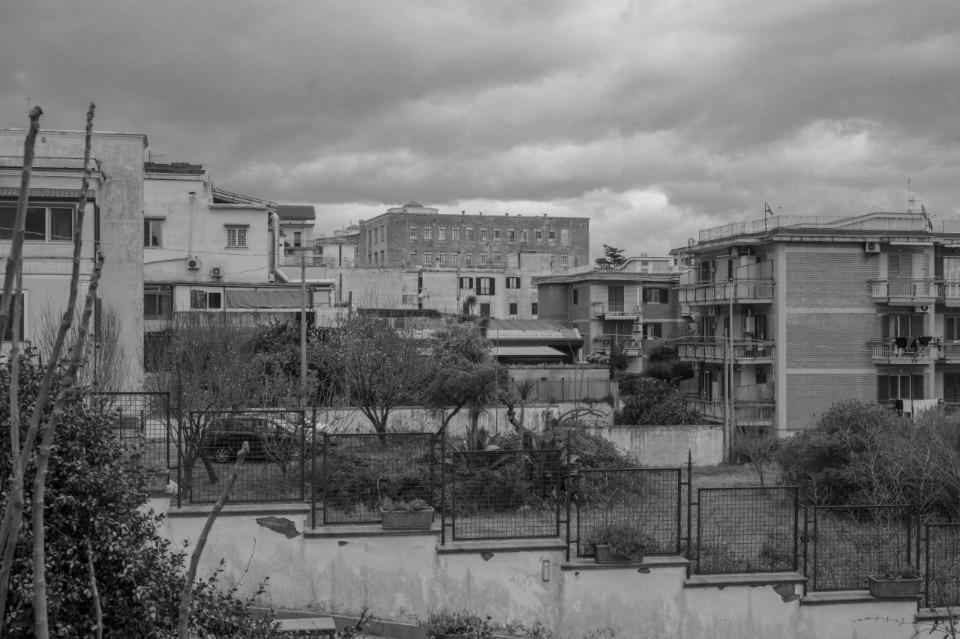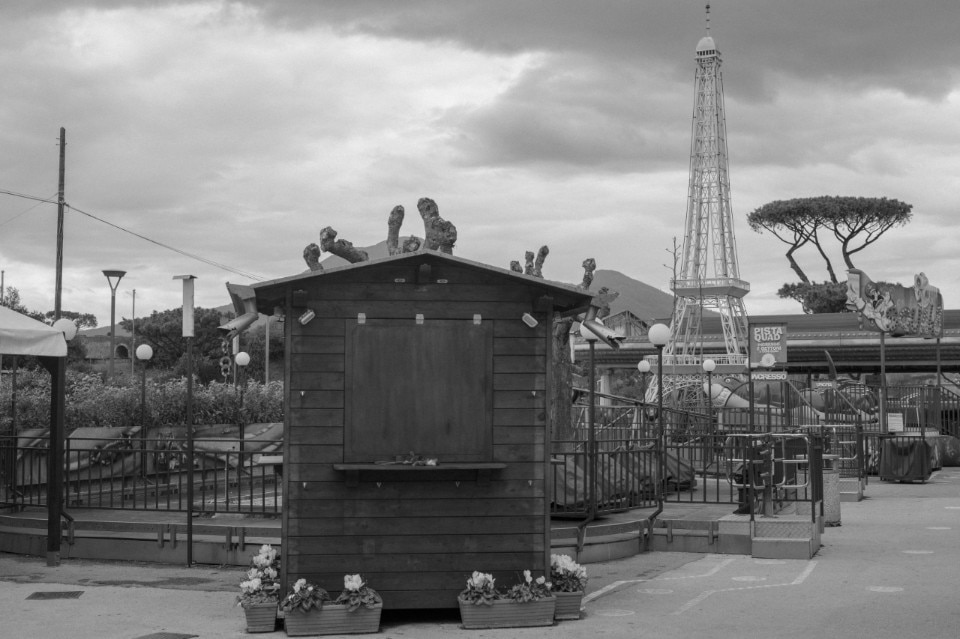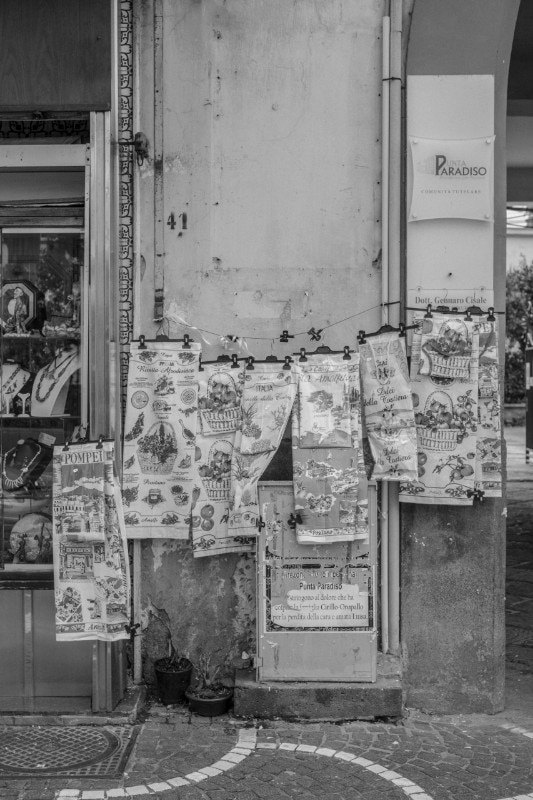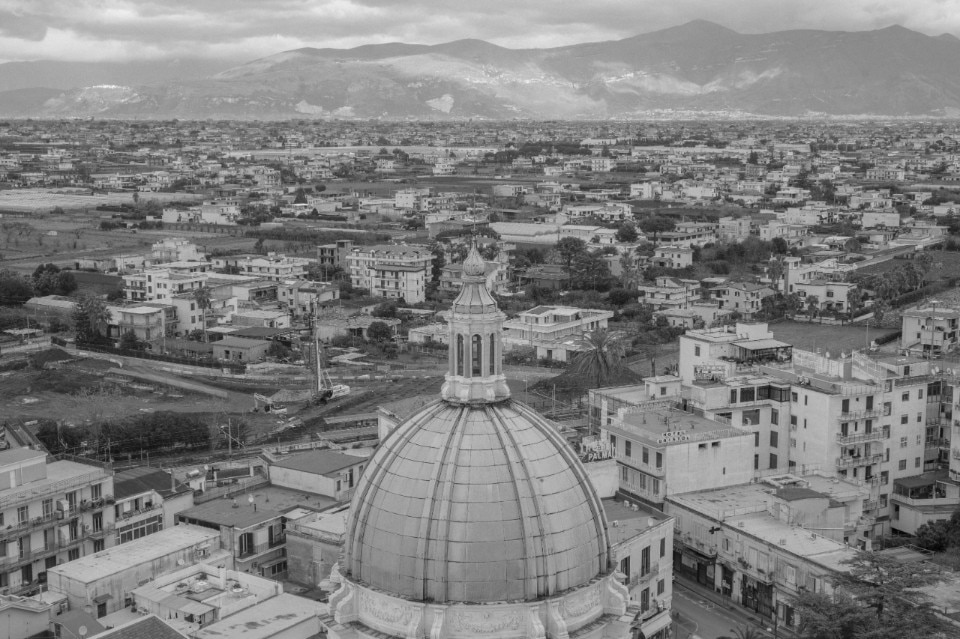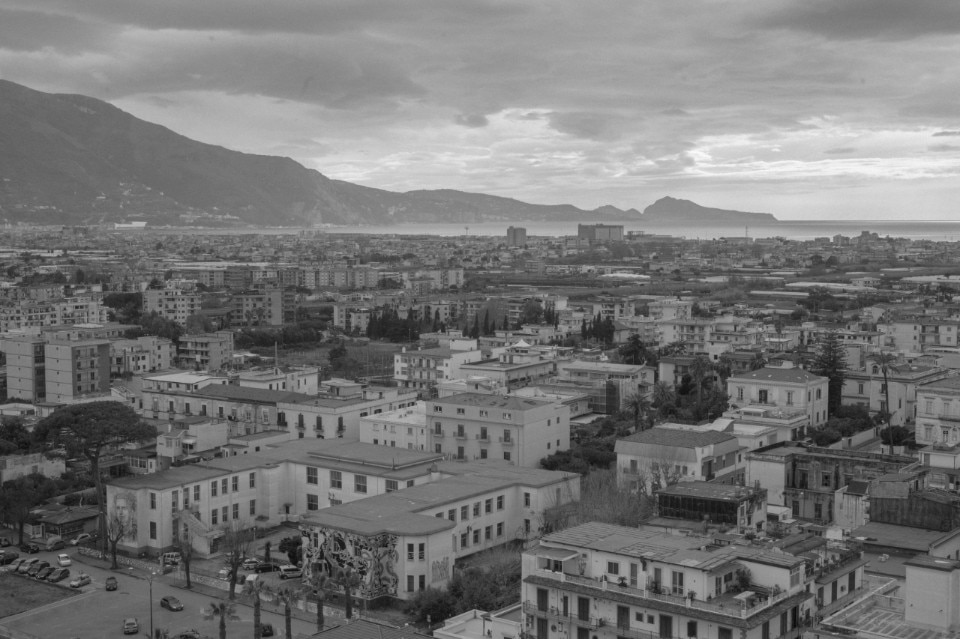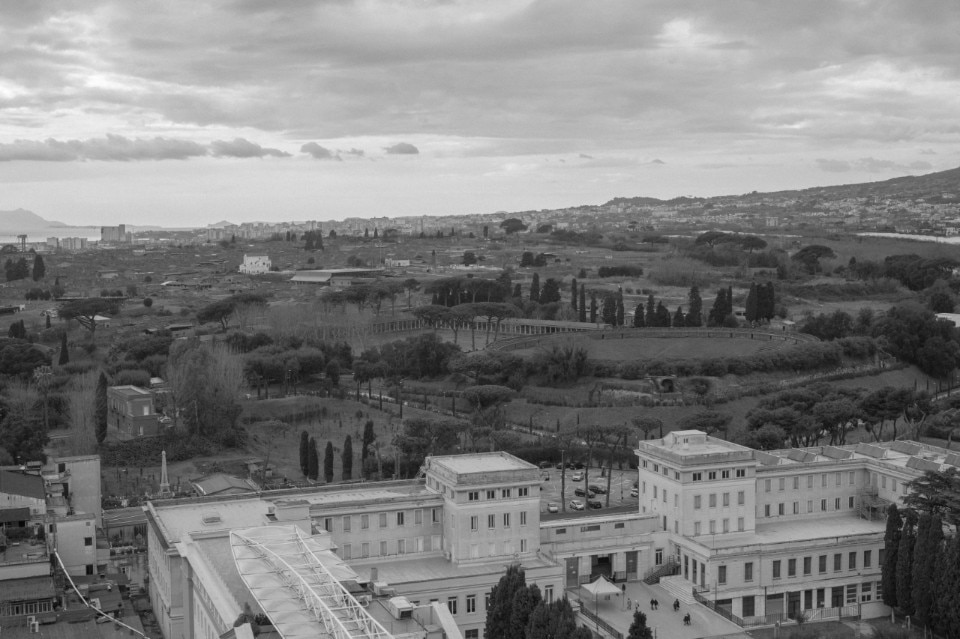The 47,000-square-metre Royal Palace of Caserta is the world’s largest palace and a high point of Western architecture and civilisation. It boasts 1,200 rooms, 1,742 windows, 41 kilometres of aqueducts, and 120 hectares of Italian and English gardens with thousands of trees from around the world, selected by the illustrious botanist Giovanni Andrea Graefer. All amid scores of fountains, pools, waterways, fish ponds and streams with Masonic and pagan overtones. There are also innovations such as the “unknown” object that the officials who later annexed the Kingdom of Naples were unable to identify: a bidet.
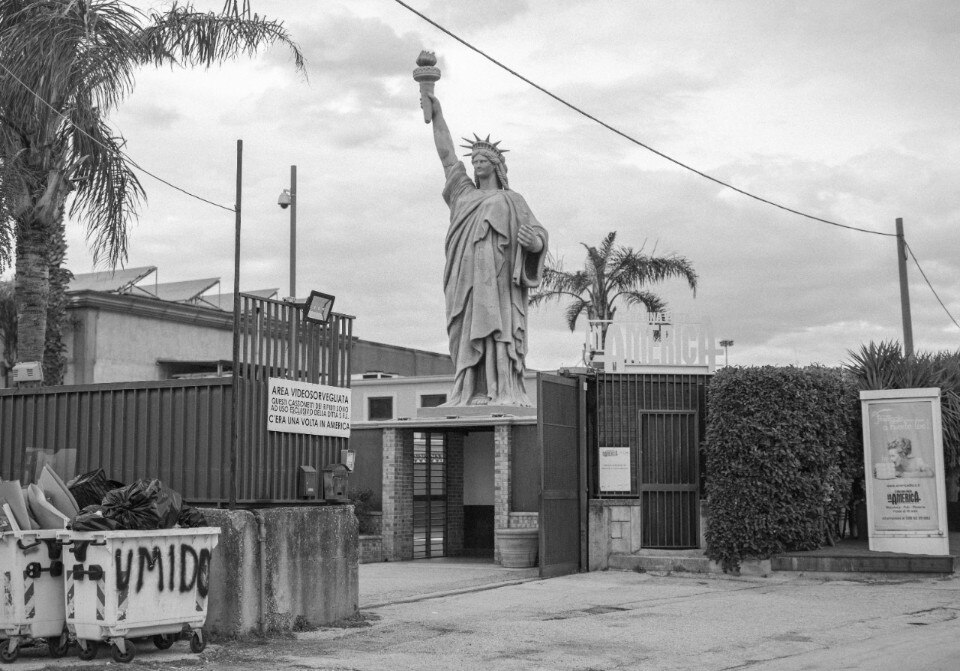
A celebration of luxury and splendour, but also aesthetic values and art, after all the columns, arches, stairs and frescoes it culminates in the Palatine Chapel. It was decorated by Luigi Vanvitelli, a fanciful Neapolitan architect of Dutch origins, chosen almost by chance when Nicola Salvi refused the job for health reasons, after distinguishing himself by designing the Trevi Fountain in Rome.
Vanvitelli was busy restoring the Basilica of Loreto when Charles III of Spain gave him the commission. Charles had visited the Palace of Versailles, inaugurated several years earlier, and was determined to build one of his own, but bigger, more beautiful and above all closer to his Naples.
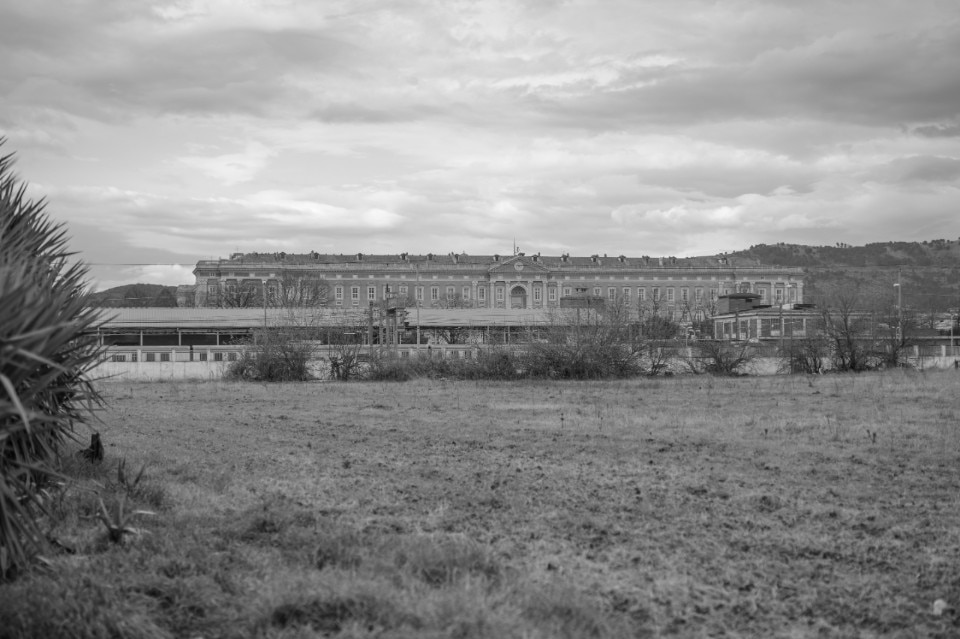
He decided to place it in the plain of Caserta, 20 kilometres from the city, the same distance separating Versailles from Paris. Like the French palace, the one in Caserta was to be a triumph of baroque. The last, perhaps, of the great Italian period. Work began on the palace on 20 January 1752, the king’s birthday. It was to be finished in 5 years, but 5 became 20 and then 33, and even a century later the dome and outer towers were still unfinished.
Vanvitelli died in 1773 without living to see the completion of his masterpiece, which in some phases had required strong workers brought from North Africa. They were not yet called illegal immigrants but barbarians, and their arrival in Italy was not opposed by politicians, but supported by law until, in the late 19th century, French rule of Algeria stopped the flow. This changed many things, as well as breaking off the work on Viale Carlo III.
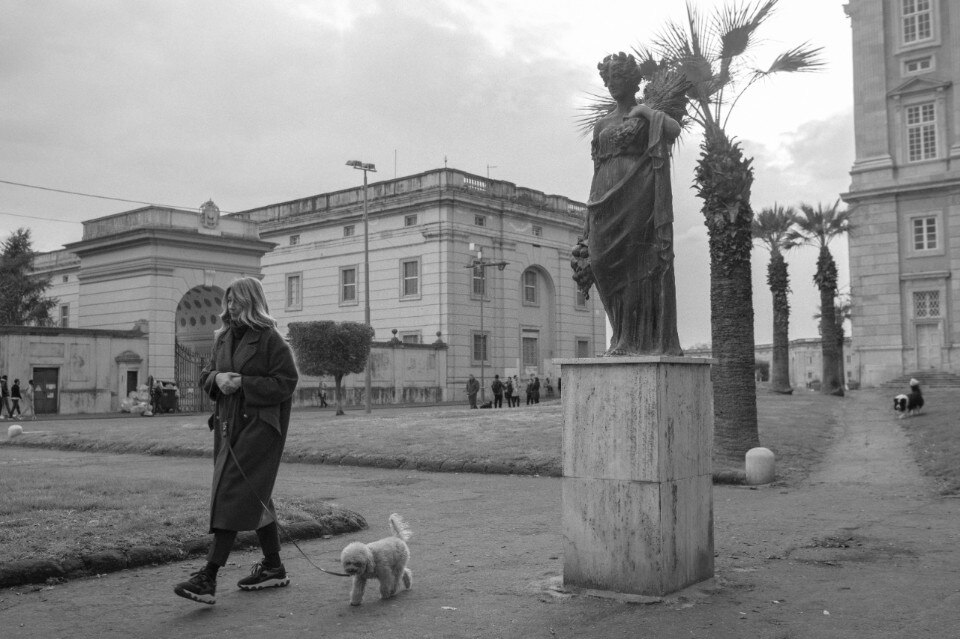
Vanvitelli had imagined the avenue as a straight line running from the palace across the countryside to the Royal Palace of Naples. This would have ensured the king and his court a fast, safe and private road. Years after the project had been dropped, in 1843 an alternative was adopted: a train station attached to the palace on one side of the huge, beautiful and empty forecourt.
It was meant to make up for the avenue, allowing the royal family to reach the Palace by rail, the latest luxury of the day. Like everything beautiful, it didn’t last long. In 1861 Caserta was annexed to the Kingdom of Italy by those same coarse officials from the North who, among much else, knew little of personal hygiene. This put an end to the Bourbon retreat at the Royal Palace of Caserta and with it the protection of the whole area. Another kingdom and another age began, inscribed under the opposite aesthetic of the “landscape denied”, the “consumption of land”, which from the years of the unified state continued through Fascism, two wars and reconstruction. And so down to the present, with a perfect symbol in the immense underground car park in front of the Palace, an underground reinforced concrete envelope, accessed by Plexiglas vaults and stairs like a stadium. Even Gilles Clément would have struggled to describe it as a “third landscape”.
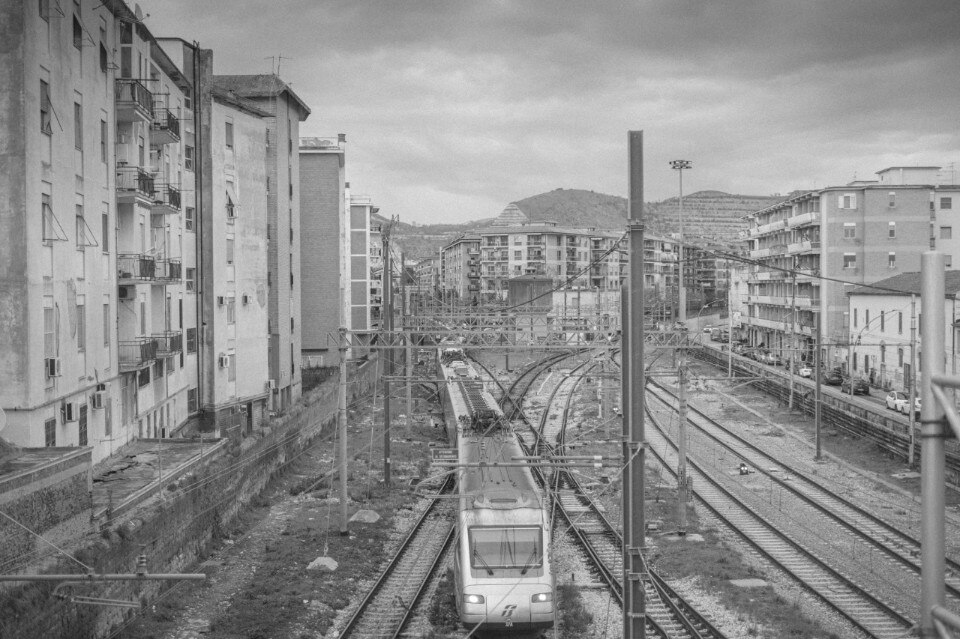
A provincial capital, but a medium-sized town (76,126 inhabitants), the municipality of Caserta in 2018 had 24.5 per cent of its total land consumed. This is far more than the Campania region’s average, which in the same year was 10.54 per cent. The Provincial Coordination Plan (PTCP) identified 194 brownfield sites, covering an area of about 483 hectares, of which the most critical were largely abandoned military buildings. The most striking is known as the MaCRiCo (central depot for disused armoured vehicles). Today, the 500,000 square metres of barracks, hangars, warehouses and military housing scattered across 33 hectares belongs to the Diocesan Institute for the Support of the Clergy.
Expropriated for military purposes in 1854, and returned by the Ministry of Defence to its owners in 1984, since then the site has been in a state of deterioration that prevents its use despite its strategic position, turning the palace into an architectural interface between the historic centre and recent urban expansion. At these latitudes, the consumption of land, demographic hyperdensity and deindustrialisation reach European heights, contrasting with the historical and archaeological value of these places, which is high and unique. It is the foundation of Italian identity as well as the heritage of humanity.
The best-known case is Pompei, a small town that houses Pompeii, the world’s largest and most famous archaeological park. Created on 29 March 1928 with a special law signed by Victor Emmanuel III and named a city in 2004, Pompei is a tourist and religious centre of global interest. Today two numbers say it all: it has 25,000 residents with an average per capita income of 9,245 euros. Regulations to protect the “old city” are so rigid that citizens are not free to put a canopy in front of a shop, a stall in the street and least of all add a window. The history of those 63 hectares of excavations is still a series of inconsistencies, external commissioners and special laws. At least until the appointment of the current director, Gabriel Zuchtriegel, winner of the competition promoted by Minister Dario Franceschini and opposed by much of the conservative intelligentsia, on the right as well as the left.
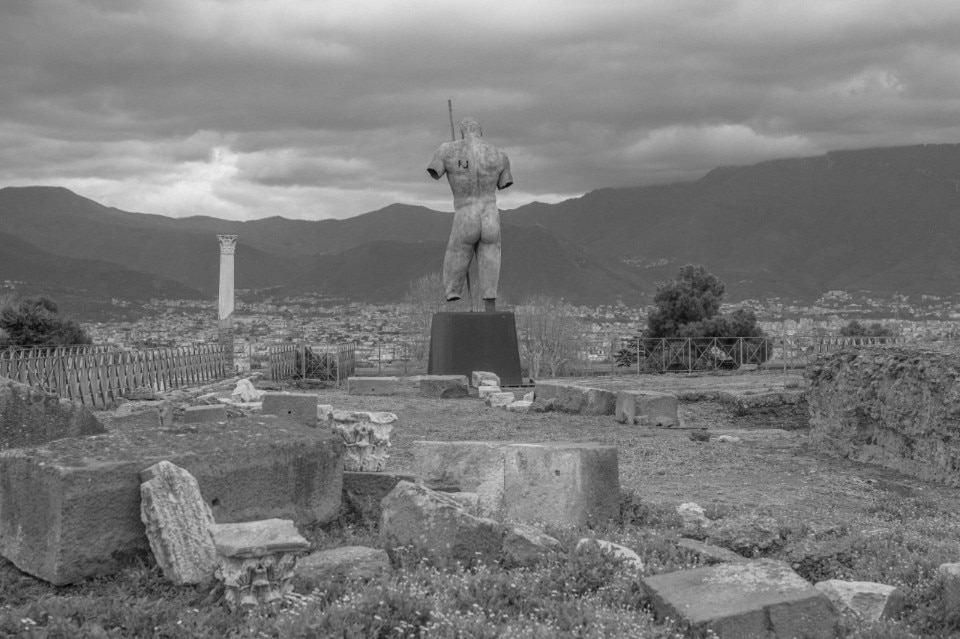
Capable of attracting 2,972,000 tourists in 2022, in third place after Rome’s Colosseum and Florence’s Uffizi, Pompeii’s archaeological park is in a small municipality with a controversial history of development, where the regulatory obsession of local administrations mirrors the difficulty of taking far-sighted urban, economic and aesthetic decisions, even by the people who ought to protect that heritage as their institutional mission. An example is the Soprintendenza (Heritage Commission). In 2019 it erected a three story building in Porta di Stabia to house its new offices.
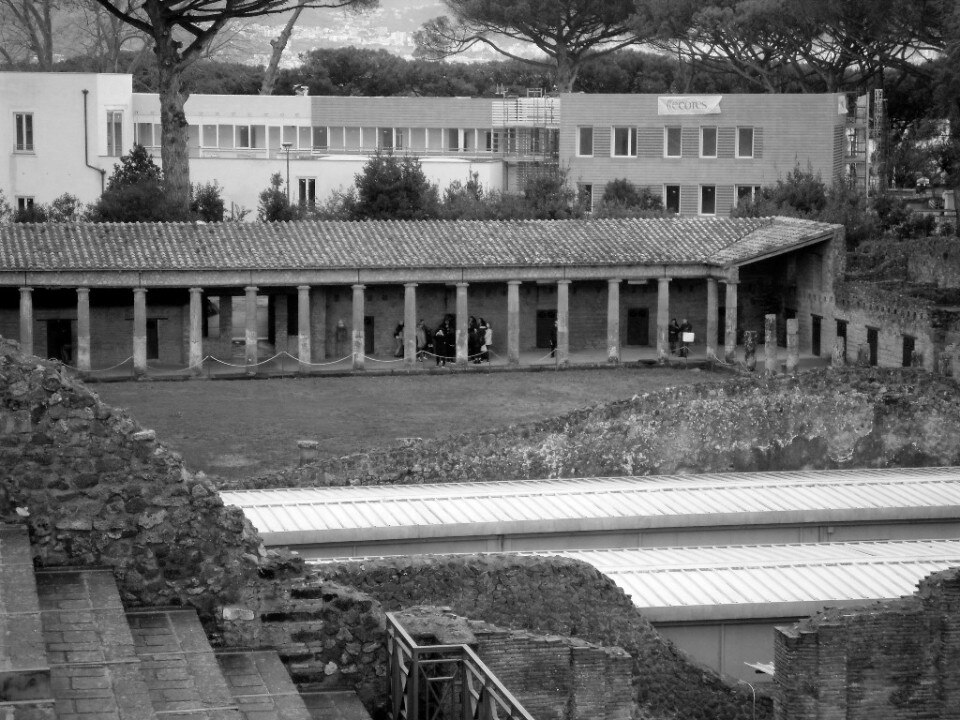
Social media went crazy, the media called it an “eco-monster” and “bunker”. This five-million-euro scandal disfigured that over-protected landscape it was supposed to protect. Massimo Osanna, a refined archaeologist, at the time director general of the Archaeological Park of Pompeii, offered reassurances. He had complied with the urban planning and landscape regulations and received the approval of the Ministry of Culture regarding the project’s compatibility with cultural heritage protection, so the new building was fine. And it would have a non-invasive colour scheme, large windows and grounds with greenery. The building is still there, visible to the millions of visitors to the House of the Vettii or the equally numerous pilgrims to the Shrine of the Blessed Virgin Mary of the Holy Rosary. All free to say whether the constraints for the protection of the landscape apply to all.
